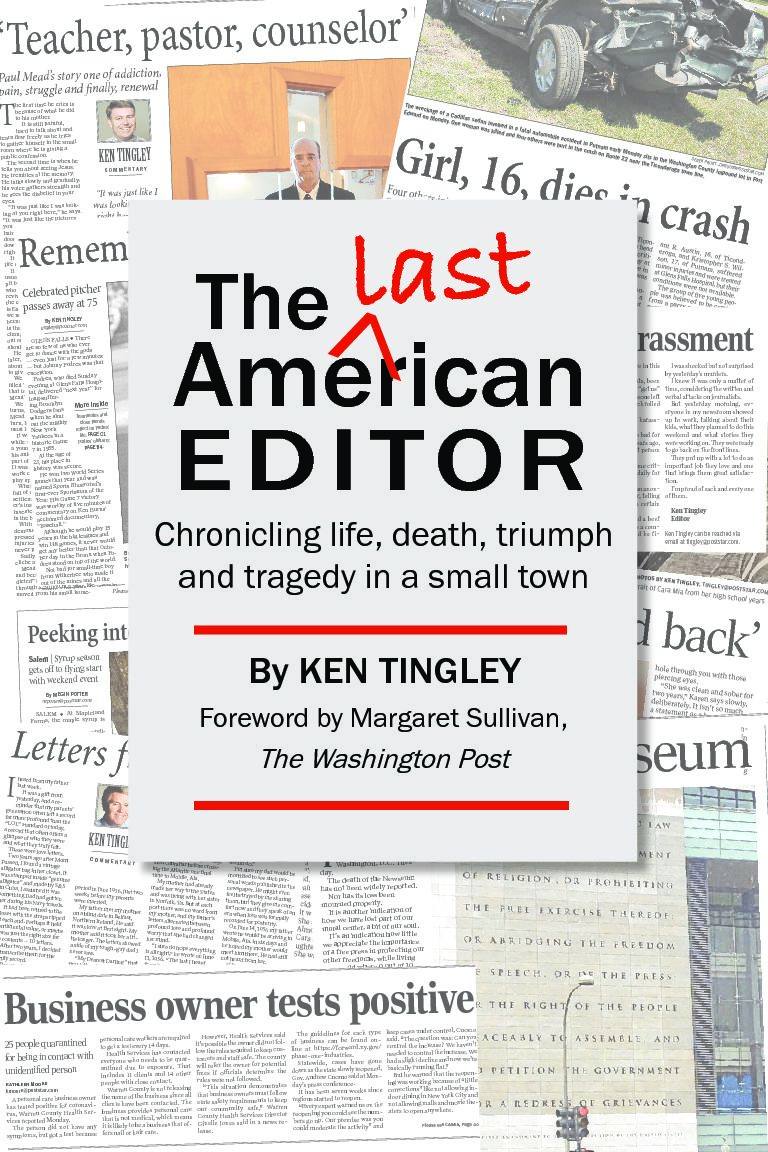
There can be many advantages to using social media to distribute our writing. First, it allows us to market our creations and gain a following that continues to benefit from them. However, writers are often overwhelmed by the number of social media platforms and spend more time marketing than they do writing.
Which one is best for you? It depends on time, energy, and skills. Let’s take a look:
Facebook is the go-to platform for mainstream reach because of its stable global and expansive user base. In addition, authors can leverage Facebook by creating an author page and joining writers’ groups. An author page represents your professional writer page, where you can post about your works and content related to your genre. Some authors want to keep their writing careers distinct from their personal life.
A Facebook Group is also a good fit, especially if you are getting started. Joining a group of like-minded fans of your genre can keep you relevant and constantly attract new readers.
Things you can deliver:
- Daily content for fans and supporters, including quotes, book reviews, and even entries from your blog.
- Insights into your everyday life and opinion letters on subjects of general interest.
- Questions and polls to generate responses.
- Pictures, Videos, and any other type of graphic materials.
Only some platforms worldwide generate as much engagement as Twitter does. As a result, it has become a place where you can experience and hear it all; a vast space to exchange opinions and position your author persona among advanced and curious readers.
Many users respect the follow-for-follow policy, a great platform to quickly grow your readership. Typically when you follow an individual, that person will follow you back. Limiting the number of characters used, Twitter encourages the elevator pitch format: Get straight to the point and show your value!
Generate engagement by:
- Using Hashtags.
- Creating Threads.
- Retweeting people with shared interests.
- Replying to users.
- Engaging in debates and roasting trolls.
- Sharing opinions and statements.
- Providing personal updates, writing tips, and blog posts.
- Tagging Shoutouts.
- Follow-for-Follow.
Instagram has a more visual focus, attracting a younger and contemporary audience to become almost daily users of their platform. Many authors post engaging content in pictures and videos, sharing creative pictures, quotes, inspiration photos, and your writing process. It’s also a convenient tool for setting up giveaways, reviews and promotions.
Reach your audience by:
- Post visually artistic pictures, illustrations, and videos related to your stories.
- Sharing excerpts from your work.
- Sharing Daily Content.
- Previewing your Blog.
- Request Reviews
TikTok
TikTok is primarily geared toward a younger audience. Still, more and more people in older demographics are beginning to flock to the platform, and it’s starting to become a global phenomenon, which means that discoverability is at its peak.
Do your research, put in the work, and you can find readers there!
Reach your audience by:
- Polls about publishing and your writing experience.
- Show off your books and rate your favorites.
- Letting followers provide comments in your writing process.
- Searching the hashtag #booktok and see what others are doing.
Goodreads
Goodreads is a platform explicitly designed for writers, with the simple goal of connecting authors and their readers. It’s one of the platforms you want to use to its absolute advantage because they segment the accounts by readers and authors, giving exclusive perks and features to each option.
When people register as readers, they have to list all their books read, review them using a 5-star system, and share that list with the public and their friends. This system can deliver direct exposure for new and budding authors. Your Goodreads ranking can also help you determine how well your book will do on Amazon.
Best Features:
- Book Reviews.
- Community Q&As.
- Polls.
- Blog posts.
- Giveaways.
It is a buyer’s and seller’s dream because of how traffic comes in: Shorts bursts that build up into one giant collective. In addition, Pinterest has “Product Pins” that will redirect clickers directly to the checkout page on your retail site when they go through your posts.
You don’t need to actively pursue social engagement on Pinterest to gain traction. People don’t care if you reply or talk to them on Pinterest. Instead, the magic will occur when you share something exciting and engaging.
Best Features:
- Create Moodboards.
- Pin your stories and books.
- Compile photos sent in by fans.
- Create a board all about fan art.
Organic Marketing vs. Paid Ads
You could quickly gain followers back when social media platforms like Facebook and Twitter were getting started.
Social media morphed into a pay-to-play model, making your natural reach decline quickly, and posts rarely seen organically, but you can still reach them. If reaching followers in a time-effective way is your concern, advertising should be your top choice. You can better use your time writing and less time pampering your social media accounts for organic traffic.
In conclusion, you can get started by choosing the one that best suits your skills, and you should be able to reach your niche audience with consistency and high-value content!







Speak Your Mind